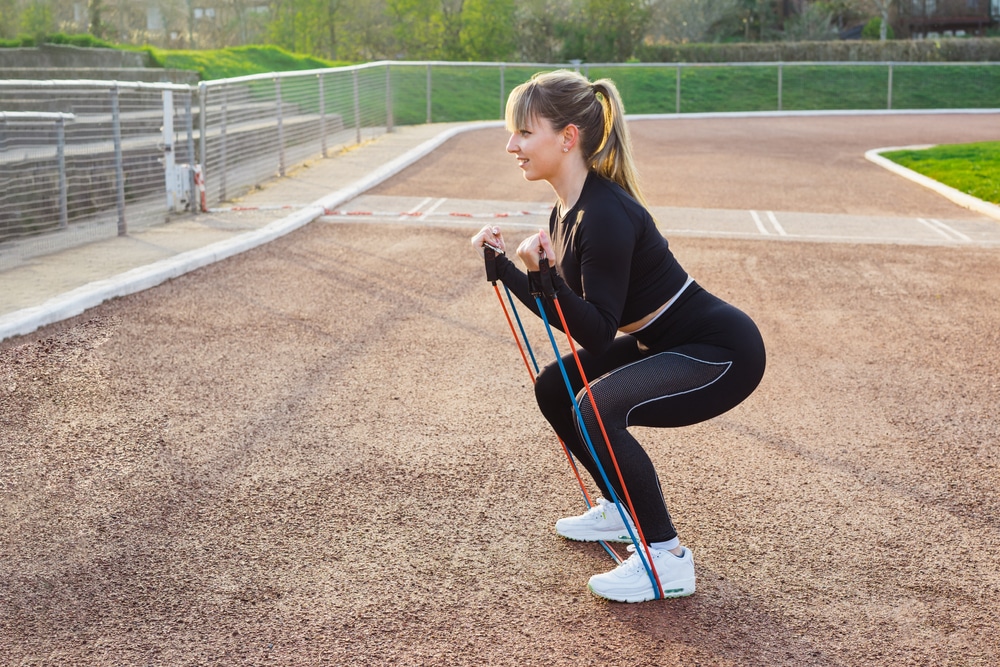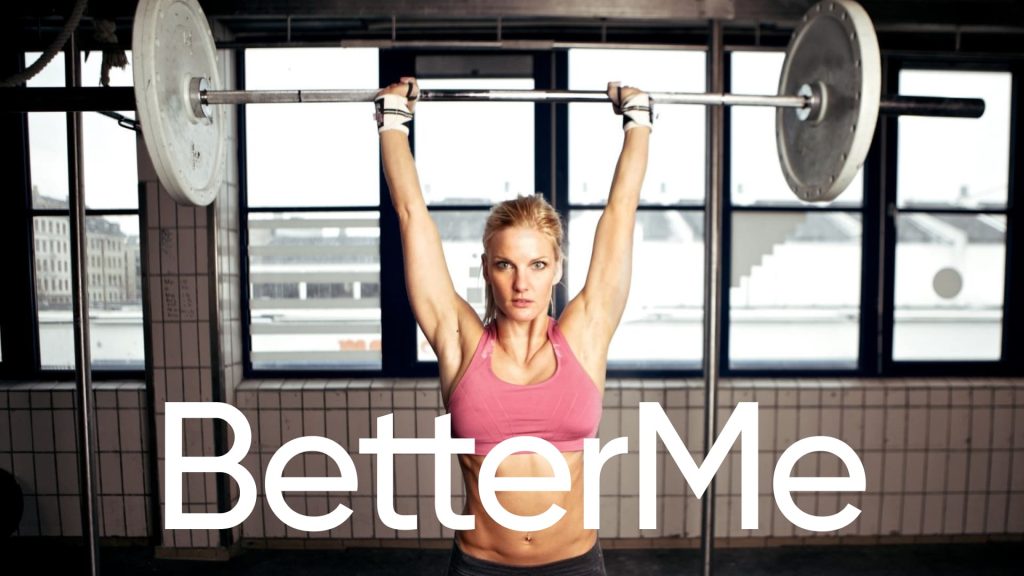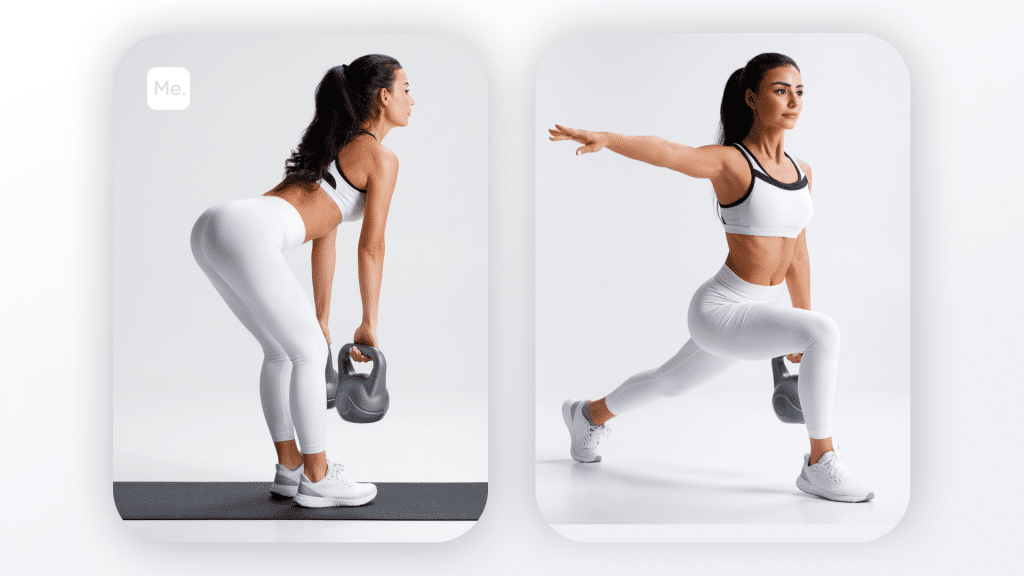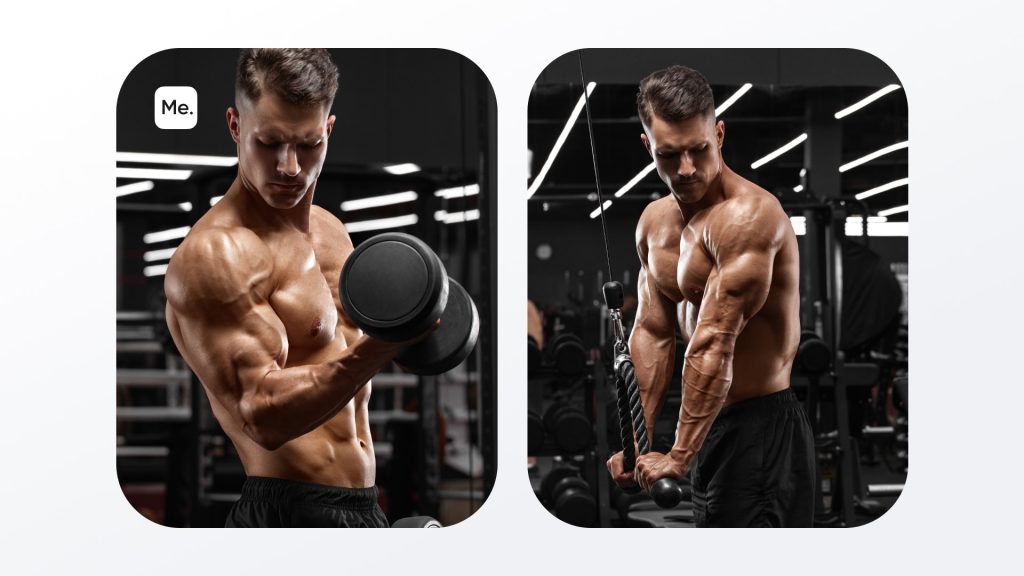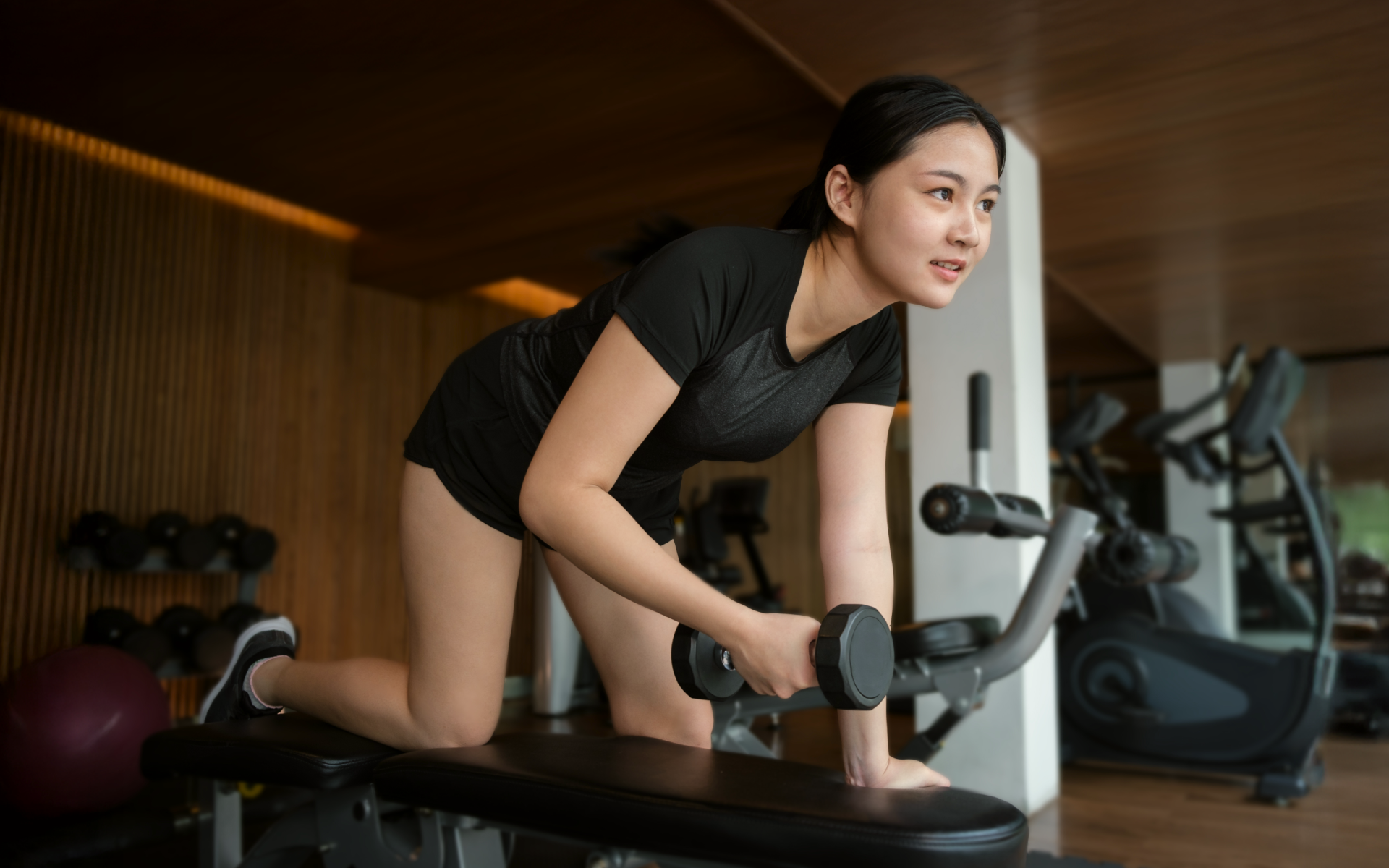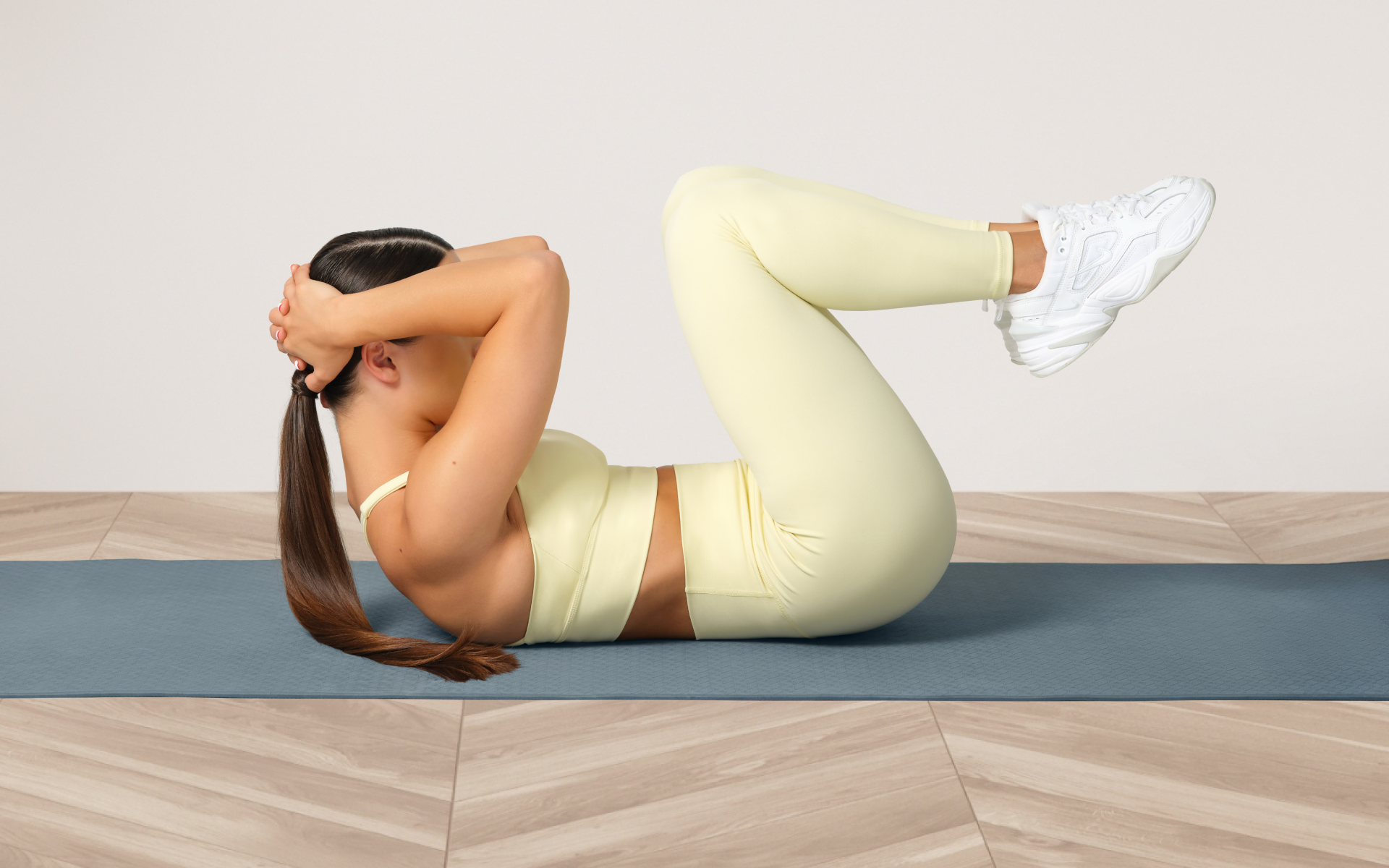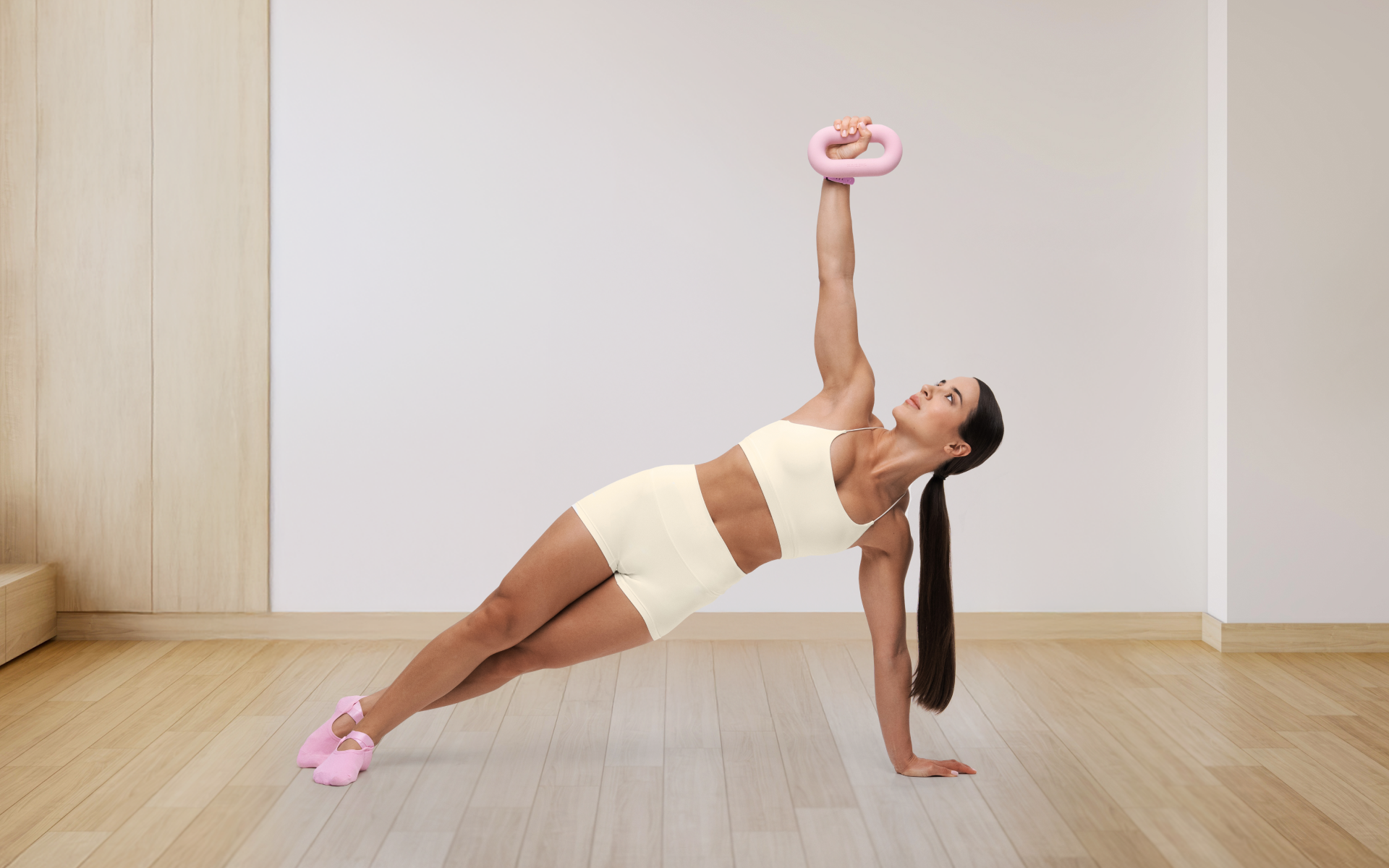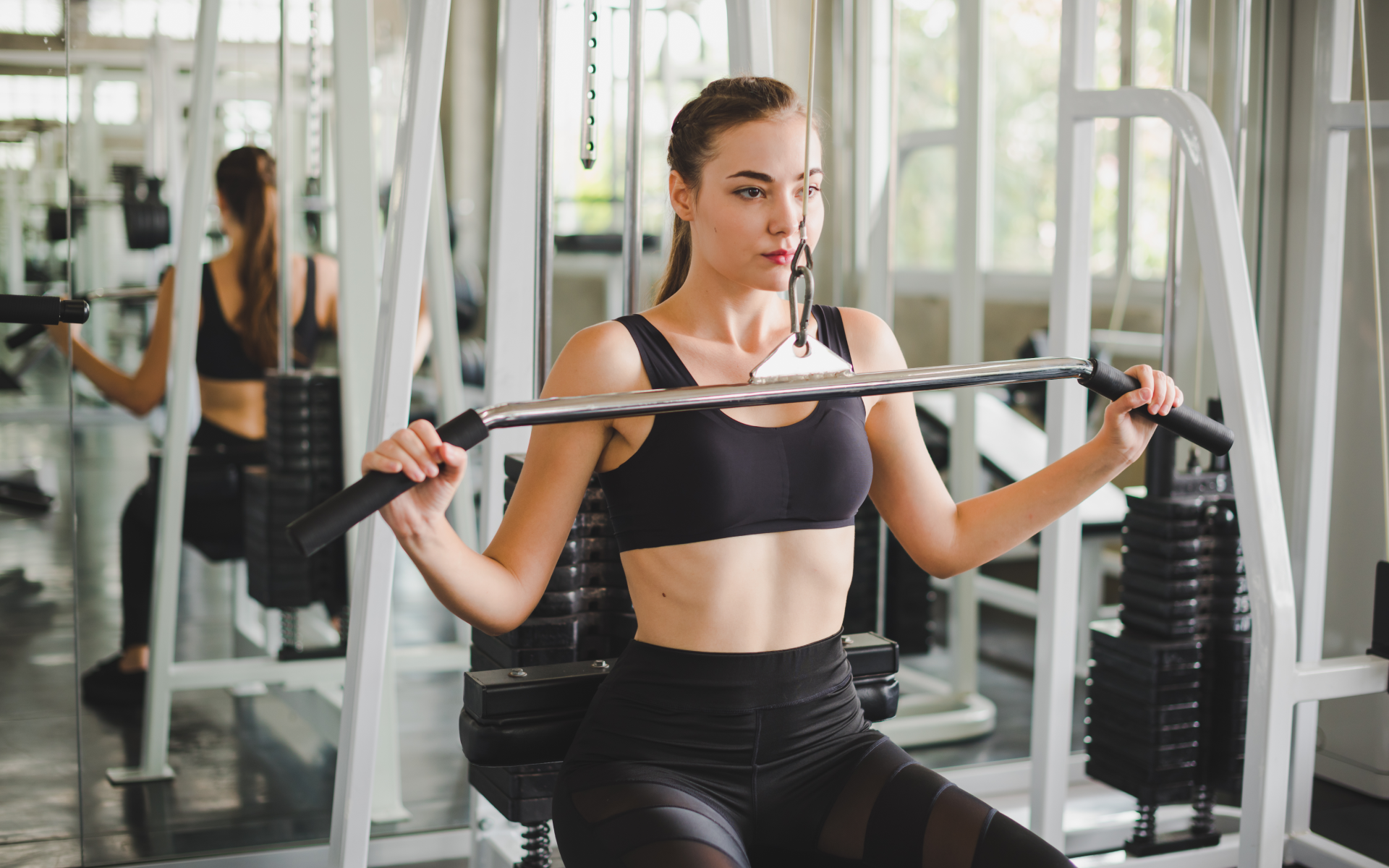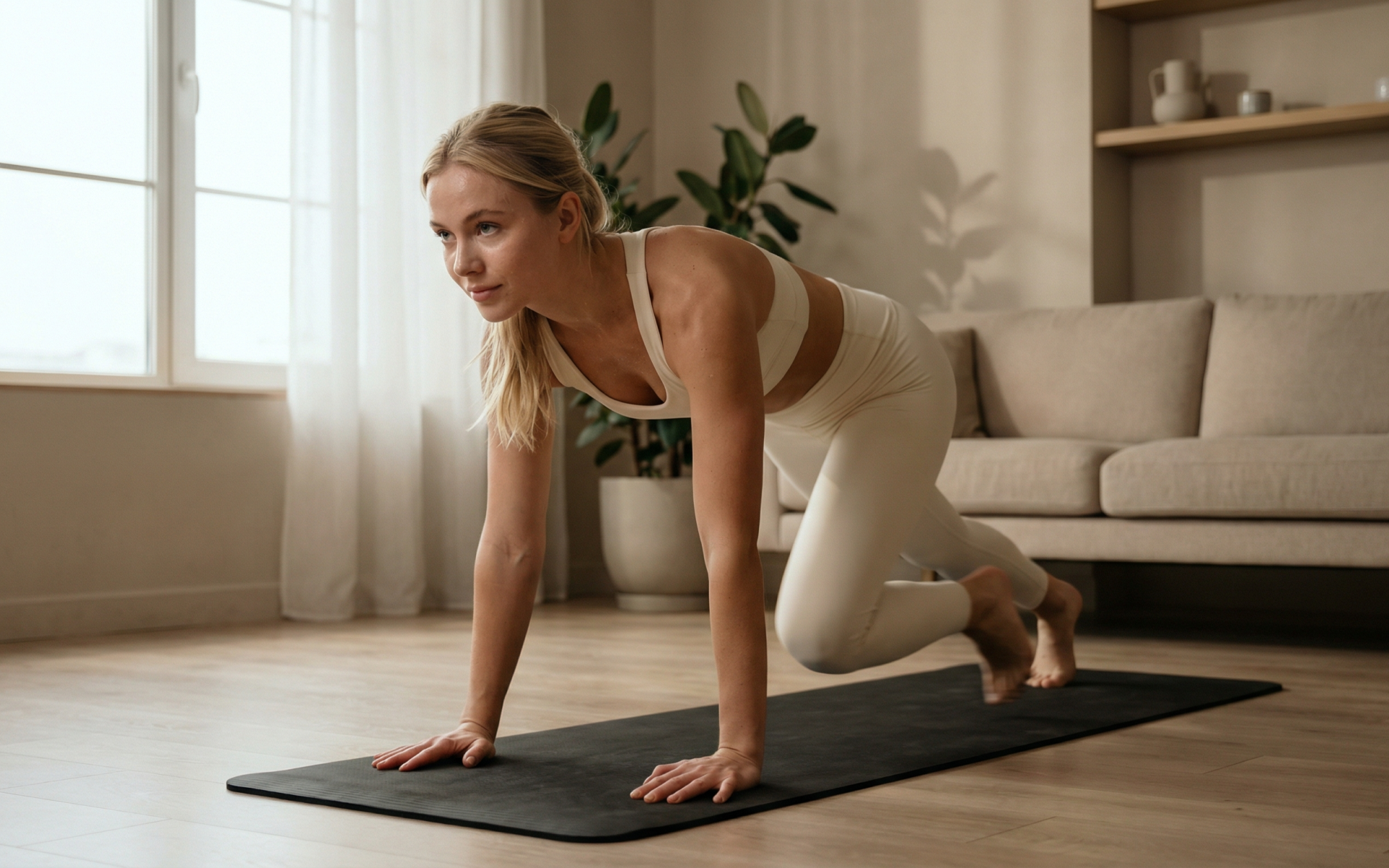The deadlift is one of those exercises people consider when they want to take their fitness to the next level. Even in its simplest form, the deadlift is quite intense and should go without saying that it is not recommended for gym newbies. Before you start with deadlifts, you need to first build your endurance and your strength by focusing on exercises that are not that demanding. A good place to start is bodyweight exercises. With that said, today we shall look at how many reps for deadlift as well as all there is to know about this particular exercise.
The Deadlift
This is a strength-training exercise that is quite effective when it comes to building full body strength.
Which Muscles Does The Deadlift Engage?
The deadlift is a compound exercise and this means it engages multiple muscles and joints at the same time. It is also regarded as a full body workout, meaning that the muscles it works are spread out all across the body. The deadlift is responsible for working the following muscles.
Back Muscles
The back muscles are actively involved when you do this particular workout. This strength-training exercise engages the latissimus dorsi muscles, rhomboids, and trapezius muscles (1). The back muscles mentioned have one important task when it comes to doing the deadlift and this is to assist the gluteus maximus and the hamstrings. They assist these other muscles by helping reinforce the proper position of your torso while you attempt this exercise (1).
Hamstrings
The hamstrings are what make the hip extension, which is an important movement in this workout, possible. They help with assisting the glutes in this particular movement, when you are performing the deadlift (1).
Read More: Deadlift For Beginners: A Foolproof Guide That’ll Help You Make Your First Foray Into The Deadlifting World
Glutes
In terms of the glutes, the main muscle to look at is the gluteus maximus. Just as mentioned above, its main function is to extend the hips during the workout. It is helped by the back muscles and the hamstring in achieving this (1).
Erector Spinae
The erector spinae muscles are the muscles found at your lower back area. The erector spinae help in keeping the spine stable while doing this exercise as well as help in resisting spinal flexion under load (1). This helps maintain the correct form while performing this workout.
Apart from the muscles mentioned above, here are other muscles that are a worked by deadlifting in one way or another:
- The quadriceps. These muscles are usually found in the area between your hip bone and your knee.
- Adductor magnus. This muscle is found in the inner parts of your thigh.
- The calves. These muscles are located in the lower region of your legs, just below your knees.
- The rectus abdominis muscle. These are the abs or the six pack. They can be found in the front part of your stomach.
Step By Step Guidelines For Doing The Deadlift Correctly
When it comes to exercising, the most important thing is always to make sure you know the exercise and how to do it properly before you attempt it. The deadlift is an exercise that should always be carried out with caution as it can result in harm if you are not careful. Good form is important in that it helps you enjoy the benefits of doing the exercise. The deadlift comes with various benefits like helping with back pains, building overall body strength, helping with weight loss and so much more. The only way you can enjoy these benefits is by doing this exercise in the intended manner.
Another reason that makes good form such an important thing is the fact that good form prevents injuries that are likely to happen should you perform the exercise in a wrong manner. There is a reason every exercise involves certain movements and poses. All those motions and poses are well thought out by experts that designed the exercise. Those carefully thought out poses and movements help prevent a person from exerting too much pressure on certain body parts and this prevents the occurrence of an injury. With that out of the way, this is the proper way of doing deadlifts (3):
- The first thing to do is to get into the starting position. To get started, you begin by stepping up to the barbell bar and lowering your hips so that you are able to reach the barbell bar. Then you need to bend your knees to the point where your shins are almost touching the barbell bar. The placement o0f your hands is another thing you need to adjust. Your hands should be shoulder-width apart and from there you can choose how to hold the barbell bar. You can either choose to hold it with an overhand grip with both hands or you can go for the overhand grip with one hand and an underhand grip with the other. This all depends on what you prefer.
- Making sure that you have held the bar tightly, the next thing to do is to push your hips back to the point where you feel tension in your hamstrings. Brace your abs and maintain a tall spine.
- Then engage your latissimus dorsi muscles, and make sure to keep your chest outwards throughout the entire motion.
- Next, gently lift the bar from the ground by straightening your knees until you get to an upright standing position. Do this while making sure your abs are tight, your shoulders are still engaged and the bar is close to your body as it can possibly be.
- Breath out as you reach the top and squeeze your gluteal muscles or glutes.
- Finally, slowly bring the bar back to the floor. Make sure you still keep the bar close to you as this enables you to return to the original starting position.
This is how you do the traditional basic deadlift. As you become comfortable with the deadlift, you may feel the need to increase the intensity of this particular training so that you can get more out of it. There are various ways you can do this. You can try adding the weights you are lifting or increasing the number of reps that you are doing. If that does not work for you, there is no need to worry as there are various variations of the deadlift that help increase the intensity of the exercises in one way or the other. It is important to first become a pro at the basic deadlift before you move to these other variations of the deadlift as these variations get most of their movements and positions from the basic deadlift.
BetterMe is your fast-track ticket to a long-lasting weight loss! Tailor your fitness journey and maximize your results with just a couple of swipes!
Deadlift Variations
Here are the different variations that you can add to your deadlift workout routine:
Sumo Deadlift
This is one of the most common variations of the deadlift.
How to do it (3):
- You first start by setting up the barbell bar with weight plates on each side. Make sure you add clips so that the weight plates are secure. It is also important to make sure you choose weight you are comfortable with as you don’t want to hurt yourself. You can also choose to lift the barbell bar only if that is enough weight for you.
- Now stand behind the bar with your feet wider than shoulder-width apart and toes pointing out.
- Bend at the hips to lower and grab the bar. Make sure your back is flat in this bottom position.
- Now pull your shoulders back and down. Then by pushing through your heels and your knees, lift the bar to about mid-thigh height.
- Finally, gently lower the bar back to the ground. Make sure you keep your back straight while you do all this.
Romanian (Stiff-Leg) Deadlift
This is a simple variation of the deadlift that is also quite effective when it comes to building strength and muscles.
How to do it (2):
- Start by standing with your feet hip-width apar t, your knees slightly bent and hold a pair of dumbbells one in each hand. Hold them at your thighs.
- Then hinge at your hips, bending slightly at your knees. Push your butt way back and keep your back flat. Your torso should be almost parallel to the ground and the weights should reach your shins.
- Keeping your core tight, push through your heels to stand up straight. Keep the weights close to your shins as you pull.
- Pause at the top and squeeze your butt. This is 1 rep.
Kickstand Deadlift
This variation of the deadlift helps you work one leg while the other leg helps you maintain your balance. It is a progression of yet another variation of the deadlift; the single-leg deadlift. It is considered a progression of the single-leg deadlift because it enables you to lift a heavier load compared to the single-leg deadlift variation.
How to do it (2):
- Start by standing up straight with your feet hip-width apart, holding a pair of dumbbells one in each hand.
- Then take one of your feet and place it about a foot-length in front of the other while toes on the floor, so your stance is staggered. You’ll be working with your front leg.
- Now hinge at your hips to lower your body. Push your butt far back and keep your back flat. Your torso should be almost parallel to the floor.
- While keeping your core tight, push through your front heel to stand up straight. Keep the weights close to your shins as you pull up.
- Pause at the top and squeeze your butt. That’s 1 rep.
Read More: Deadlift For Back: If You’re Doing It Right, Your Back Will Feel It!
Rack Pull
This variation of deadlift differs from the basic deadlift in the range of motion involved. The basic deadlift offers a full range of motion while the Rack Pull offers only a partial range of motion. If you want to focus more on your upper back muscles and your traps, this is the workout for you.
How to do it (3):
- Start by finding a squat rack and place the rungs as low as they can be positioned on the rack.
- Then place the bar above the rungs. Then the next thing to do is to add weight plates on the ends of the bar with clips to secure them. Choose weight you are comfortable lifting. You can also choose to just lift the bar, if that is the weight you can comfortably handle.
- Next stand with your feet shoulder-width apart and place your hands on the bar at shoulder width distance apart.
- Keeping your back straight, drive through both feet to stand up with the bar.
- Squeeze the glutes and keep the core tight. Slowly lower the bar back down to the rack, keeping the weight in your heels.
- Pause on the rack and repeat.
Single-Leg Resistance Band Deadlift
This variation engages your glutes the most. It helps prevent strength imbalances from the fact that it is unilateral.
How to do it (2):
- Stand with your feet together and the band looped under your left foot. Hold one end of the band in your right hand so that when you stand, with your arm at your side, there is tension in the band.
- Shift so all of your weight is on your left foot. Hinge at the hip, and tip forward, allowing your right foot to come straight up behind you as you hinge forward, eventually bringing your chest parallel to the floor. Keep your core engaged to help with balance.
- As you hinge, naturally allow your right arm to drop toward the floor, creating less tension in the band.
- Return your right foot to the floor to return to your starting position. This is 1 rep.
Sliding Deadlift
This variation helps in achieving stability and balance among other things.It also helps the various muscles in your body to adapt and change hence being able to move correctly.
How to do it (2):
- You start by standing with your feet together, holding one weight in your left hand in front of your left thigh.
- Then place your right foot on a glider. If you don’t have a glider you can use a paper plate or towel.
- While keeping a slight bend in both knees, slide your right leg back behind your body, hinge at the hips to bring your torso parallel to the floor, and lower the weight toward the floor.
- Keep your back flat. At the bottom of the movement, your torso should be almost parallel to the floor, with the weight a few inches off the floor.
- Keeping your core tight, push through your left heel to stand up straight. As you do, slide the right leg back toward the left heel, and slide the weight back up to start.
- Pause at the top and squeeze your butt. This is 1 rep.
Those are some of the deadlift variations you can add to your workout program. While doing any of these exercises, it is important to make sure you hold the correct form.
If you’ve mustered up the courage to crush your weight loss goal, let Betterme take the sting out of this demanding process. Our app will help you restructure your habits, remold your life and crank up your fitness results!
How Many Reps For Deadlift?
When it comes to this question, there is no blanket answer for everyone. This is from the fact that people have different weight goals, people have different fitness levels and many other factors. The best way to find how many reps you should do as an individual is by visiting an expert as their expertise in the field will help give you the most suitable answer. There are variations of fitness levels among the people in gyms and thus it would be dumb to try and copy what another person is doing in regards to sets and reps. There are chances of you doing more than you can handle and this might cause you to get injured which is something you definitely don’t want. With that said, here are the number of sets and reps recommended to people on different fitness levels.
Beginners
If you are new to deadlifting, the priority should be to learn the correct form first and get comfortable with the workout. Beginners are recommended to do 4 sets of 6 reps (4). You need to use the same weight in each set of the exercise. When you are able to do 4 sets of 6 reps comfortably, you can increase the weight you use in the next workout session. You should take a rest of 2 to 3 minutes between each set.
Intermediate
Now you know how to correctly do the exercise and you are looking to get more out of the exercise. Using the same weight for each set, you should do 3 sets of 5 reps (4). When you get comfortable doing 3 sets of 5 reps, you can increase the weight you use in the next workout session.You should take a rest of 2 to 3 minutes between each set.
Advanced
You now know your way around the exercise and you are looking to make it even more intense by trying different variations of the workout. You should strive to do 5 sets of 5 reps (4). Here you don’t use the same weight over the 5 sets, you aim to ramp up to your heaviest weight over the 5 sets. This means that the final set should be performed using the heaviest weight you can deadlift 5 reps. Since this is a bit more intense than the previous two levels, you can take as long as you need to get your breath back in between the sets.
The Bottom Line
How many reps for deadlift? If this is a question you have been asking yourself, then you should know the answer to this question depends on a couple different factors like your fitness level and your gym goals. A safe way of finding out the number of sets you should do is by consulting an expert as they will give you the best advice on the matter. As a last note, while deadlifting keeping the right form is something you can’t afford to ignore.
DISCLAIMER:
This article is intended for general informational purposes only and does not address individual circumstances. It is not a substitute for professional advice or help and should not be relied on to make decisions of any kind. Any action you take upon the information presented in this article is strictly at your own risk and responsibility!
SOURCES:
- 4 Beginner Friendly Deadlift Variations (2019, barbend.com)
- 10 Deadlift Variations to Light Up Your Legs and Butt (2020, self.com)
- HOW TO DEADLIFT (n.d., puregym.com)
- How to Deadlift with Perfect Form (2019, menshealth.com)
